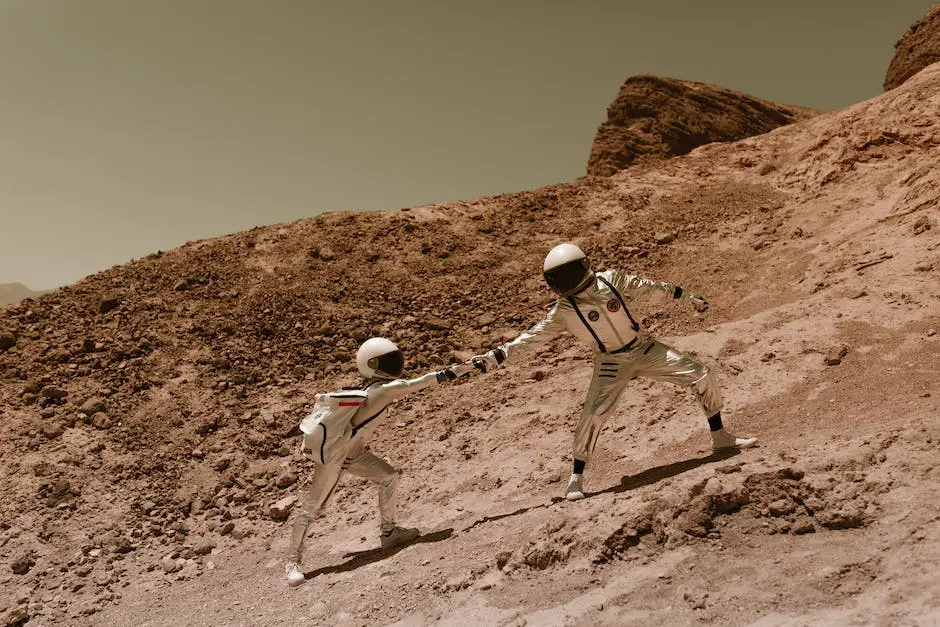Ever gazed up into the star-sprinkled canvas of the night sky, wondering about the celestial bodies that dwell within our expansive solar system? Among these are the outer planets, also referred to as the Gas Giants or Jovian planets, named for their gaseous nature and rather significant size in comparison to the inner planets. This essay offers an exploration of these distant worlds, traversing the stark divide that sets apart outer planets from their inner counterparts. We’ll journey through intriguing specifics about each of the known outer planets: Jupiter, Saturn, Uranus, and Neptune, tour their key features, and venture into their breathtaking atmospheres and unique orbital characteristics.
Defining Outer Planets
Defining Outer Planets: Understanding Celestial Terminology
Outer planets, also known as superior or jovian planets, are located in the outer area of the solar system, beyond the asteroid belt that separates them from the inner planets. The outer planets include Jupiter, Saturn, Uranus, and Neptune. These bodies are distinctive in several ways, primarily when compared to their counterparts, the inner planets: Mercury, Venus, Earth, and Mars.
Inner Planets vs. Outer Planets: The Astronomical Divide
Conceptually, planets in our solar system are divided into two distinct categories: inner planets and outer planets, with the asteroid belt serving as a separating line. The inner planets, also referred to as terrestrial planets, are closer to the Sun and are composed of mostly rock and metal. They have solid, hard surfaces with mountains, valleys, and craters.
In contrast, outer planets, available at a much considerable distance from the sun, are significantly larger and are primarily composed of gases, hence their alternative name, “gas giants.” Unlike the solid and rocky terrestrial planets, outer planets lack solid surfaces. Their surfaces are largely made up of swirling gases and liquids.
Characteristics of Outer Planets: The Jovian Bodies
Apart from their composition and distance from the Sun, the outer planets share several other unique features. They each have complex ring systems and numerous moons. For instance, Jupiter, the largest of all planets, has at least 79 moons, while Saturn, popular for its striking rings, boasts more than 80 moons.
In contrast to the relatively small inner planets, the outer planets present a more massive size and volume. Their gaseous nature gives them a much lower density though. They also exhibit rapid rotation, leading to a shorter length of day compared to the inner planets.
The outer planets have longer orbital periods around the sun due to their large orbital radius. For example, Neptune, the farthest planet from the Sun, takes about 165 Earth years to complete one orbit.
The gravitational forces on the outer planets are much more powerful than those on the inner planets, a direct result of their massive sizes. The presence of methane in their atmospheres gives them a bluish color, which also differentiates them visually from the inner planets.
Recognizing the characteristics and nature of outer planets can enhance our understanding of the vast variety and complexity contained within our solar system. The spectacular rings, countless moons, gaseous composition, and distinctive blue tint of these outer planets make them subjects of significant interest and ongoing research in the field of astronomy.
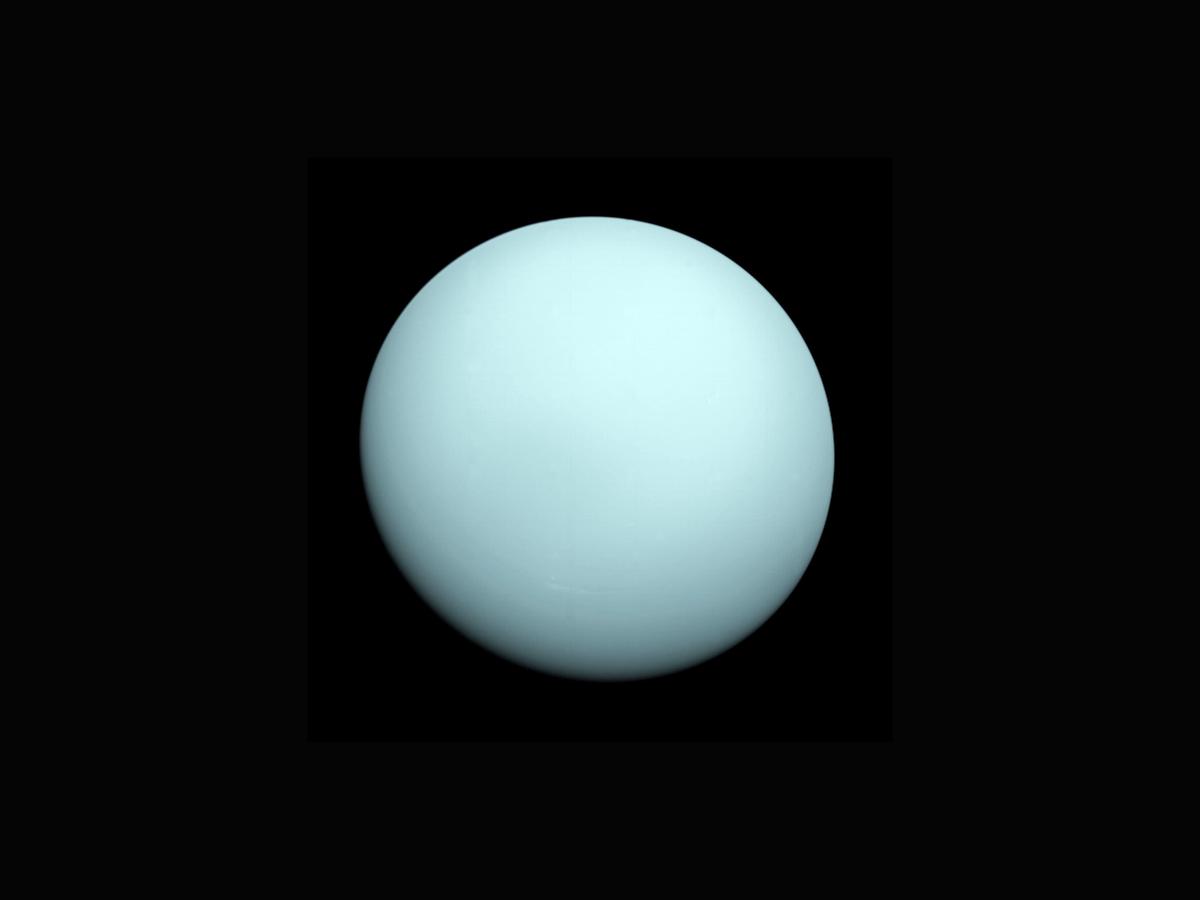
The Major Outer Planets
The Massive Jupiter: A Gas Giant
Jupiter, known as the largest planet in our solar system, stands at a staggering size being over 11 times the diameter of our home planet, Earth. Its composition is primarily of hydrogen and helium, resembling that of the sun. Jupiter is famous for its Great Red Spot – a turbulent storm thrice the size of Earth that’s been continuously stirring for hundreds of years. Jupiter also has an intense magnetic field that gives rise to breathtaking auroras much like Earth’s Northern Lights at the poles. With a rotation period of only 9.9 hours, which is the briefest of all planets, Jupiter sports a noticeable equatorial bulge.
Saturn: The Ringed Beauty
Saturn, recognizable by its iconic ring system, is the second-largest planet in our solar system. It could comfortably fit over nine Earths across its diameter. Like Jupiter, Saturn is a gas giant, primarily consisting of hydrogen and helium. Its ring system is made up of countless particles of ice, dust, and rock, orbiting the planet at various distances. Much like Earth, Saturn has a year that lasts approximately 29.5 Earth years and a day that lasts 10.7 hours.
Uranus: The Ice Giant
Uranus is unique in our solar system because it is tilted on its side. Scientists speculate that a large body might have crashed into Uranus, causing it to tilt. The planet’s blue-green appearance is due to the presence of methane in its primarily hydrogen and helium atmosphere. Despite its gaseous composition, Uranus is often classified as an “ice giant” due to the presence of water, ammonia, and methane ice in its atmosphere. With a diameter about four times that of Earth’s, Uranus takes around 84 Earth years to orbit the sun.
Neptune: The Windy Planet
Neptune is the eighth and farthest-known Solar planet from the Sun. It is so distant that it takes 165 Earth years for Neptune to orbit the Sun. Neptune’s rich blue color is due to the presence of methane in the atmosphere which absorbs red light. Known for its highly active weather, Neptune has the strongest winds in the solar system, reaching speeds up to 1,500 miles per hour. Despite being roughly four times the size of Earth, a day on Neptune is only about 16.1 hours.
The outer planets, often referred to as Jovian planets for their resemblance to Jupiter, are large celestial bodies located far away from the sun. This distance causes them to have extremely cold temperatures, often far below freezing. Unlike the smaller, rocky inner planets, these gas giants are mainly composed of lightweight gases, primarily hydrogen and helium. The only exception is Pluto, a dwarf planet that consists chiefly of rock and ice.
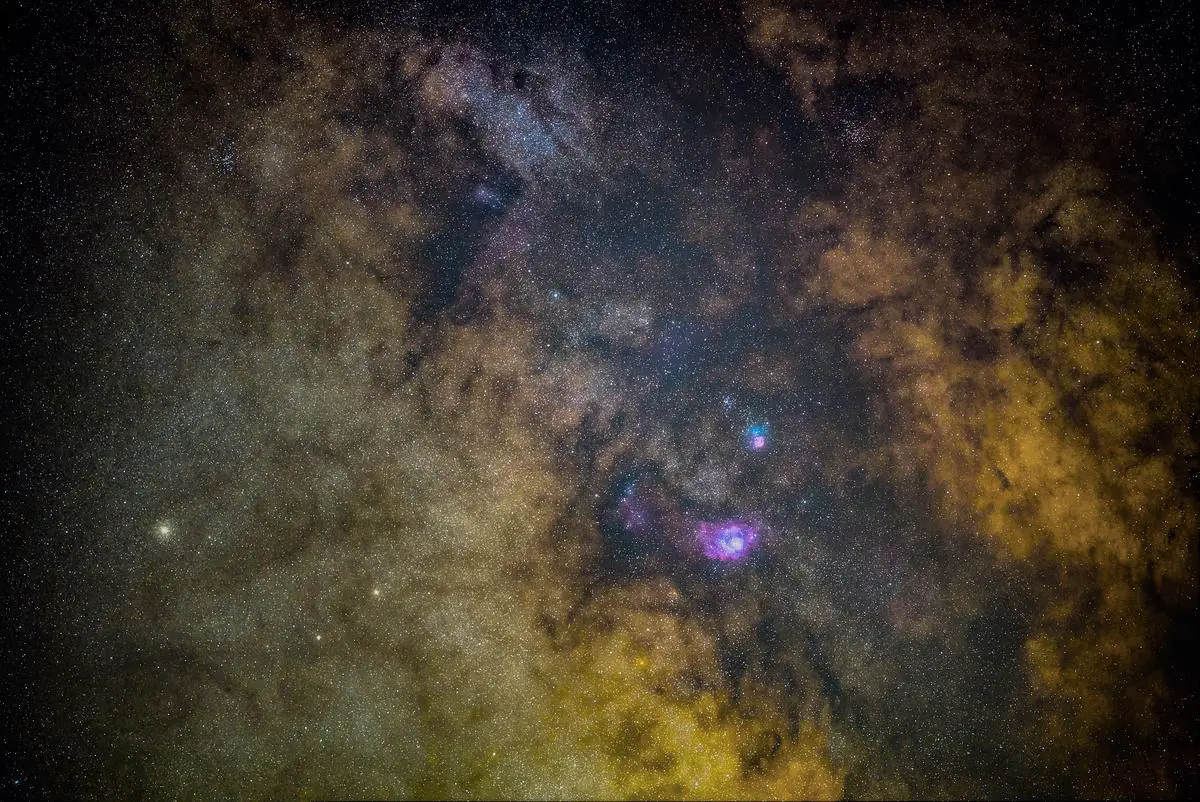
Photo by bryangoffphoto on Unsplash
Exploration and Discoveries
A Closer Look at the Outer Planets
Encompassing Jupiter, Saturn, Uranus, and Neptune, the outer planets are striking due to their colossal size, their largely hydrogen and helium compositions, and the multiple moons that encircle them. Their structure is contrasting to the terrestrial inner planets like Mars or Earth, which have firm, rocky exteriors. In contrast, the outer planets are predominantly made up of gas and liquid, reflecting the variety in the solar system’s composition.
The Pioneer Missions and Their Impact on Outer Planetary Science
The exploration of the outer planets began with the Pioneer program by NASA, most notably Pioneer 10 and 11. Launched in the 1970s, these missions first flew by Jupiter and Saturn, revealing detailed images and information about the atmospheric conditions, magnetic fields, and moons of these planets. Pioneer 11, in particular, made the groundbreaking discovery of Saturn’s F ring.
Voyager Missions: Unearthing The Mysteries of The Gas Giants
Following the Pioneer missions, the Voyager 1 and 2 spacecraft provided even more detailed information and breathtaking images of the outer planets. Voyagers’ most significant discoveries include identifying active volcanoes on Jupiter’s moon Io, uncovering intricate ring systems around Jupiter, Saturn, Uranus, and Neptune, and revealing Neptune’s Great Dark Spot – a storm similar to Jupiter’s Great Red Spot.
Galileo and Cassini: The Orbital Satellite Giants
In the late 20th century, the Galileo and Cassini missions took exploration to the next level. Unlike Pioneer or Voyager, Galileo and Cassini were designed to orbit Jupiter and Saturn, respectively, allowing for long-term study of these outer planets and their moons. Galileo’s major discoveries include evidence of salty oceans on Jupiter’s moons while Cassini extensively studied Saturn’s moon Titan and found evidence of hydrocarbon lakes.
New Horizons and The Future of Outer Planet Exploration
The New Horizons mission built upon previous explorations while also making its own unique journey to Pluto, formerly considered the ninth planet. While not technically classified as an outer planet, the data collected from the New Horizons mission has provided invaluable insight into the far reaches of our solar system. Upcoming missions focus on studying the moons of the outer planets, particularly Jupiter’s moon Europa and Saturn’s moon Titan, due to their potential for holding life.
Interesting Facts About The Outer Planets
- Jupiter has the strongest magnetic field, over 14 times stronger than Earth’s.
- Saturn is the only planet in our solar system less dense than water, leading to the joke it would float in a bathtub.
- Uranus has an unusual tilt, spinning on its side.
- Neptune contains the fastest winds in the solar system, reaching up to 1,500 miles per hour.
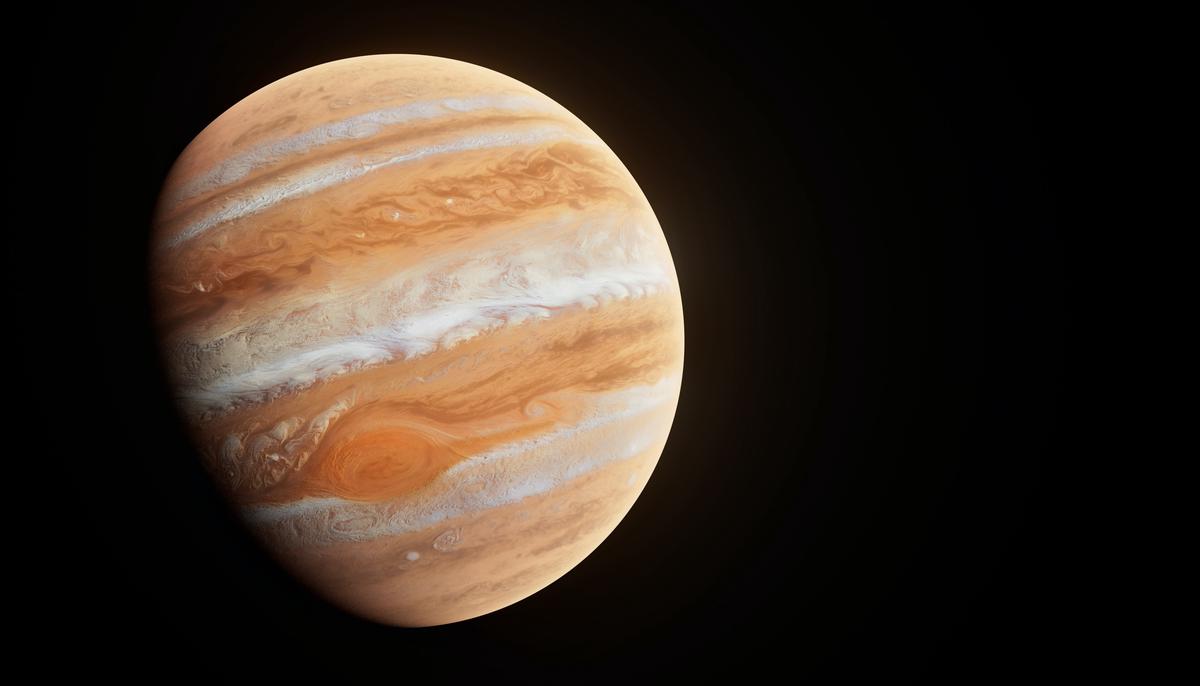
Photo by planetvolumes on Unsplash
The Role of Outer Planets in Our Solar System
The Jovian Giants: Outer Planets of Our Solar System
Outer planets, or as they’re often referred to, Jovian or gas giants, are large celestial bodies settled in the outer regions of our solar system. These include well-known planets such as Jupiter, Saturn, Uranus, and Neptune. Even though they’re positioned billions of miles from the sun, they still play an essential role in upholding the equilibrium of our solar system due to their prodigious size. Primarily composed of gas, their gravitational pull is so intense that they have the capacity to influence the orbits and behavior of other space bodies.
Influence on the Asteroid Belt
The outer planets, with their powerful gravitational forces, significantly impact the asteroid belt, a region located mostly between Mars and Jupiter packed with innumerable rocks and cosmic debris. Jupiter, being the most massive outer planet, especially has a role in shaping the asteroid belt. Its gravity perturbs the path of asteroids, preventing them from coalescing into a planet-like body. This gravitational tugging and pulling, along with other resonances, keep the belt in a state of equilibrium, thereby contributing to the balance within the solar system.
Directing the Path of Comets
Comets, celestial bodies consisting of rock, dust, water ice, and frozen gases, originate from the outermost region of the solar system, notably the Kuiper Belt and the Oort Cloud. The movement of these icy bodies and their paths when they approach the inner solar system are significantly influenced by the outer planets. For example, gravitational interactions with Jupiter can alter the orbits of long-period comets, directing them towards the inner solar system or ejecting them out completely into interstellar space. Thus, the outer planets play a shaping role in the dynamics of comets in our solar system.
Involvement in Solar System Formation
The role of outer planets in our solar system’s formation is a widely studied topic. The current understanding is that the formation of Jovian planets likely had considerable effects on the distribution and composition of other celestial bodies. The nebular hypothesis suggests that these gas giants formed from the primal solar nebula. Their rapid accumulation of hydrogen and helium gas resulted in powerful gravitational fields, influencing how and where smaller bodies like asteroids, comets, and even inner planets formed.
Potential Harbinger of Life
Contrary to earlier beliefs that outer planets were lifeless bodies, discoveries of their moons’ potential to harbor life have piqued scientific interest. For instance, Jupiter’s moon Europa and Saturn’s moon Enceladus are known to house subsurface oceans, which may contain conditions favorable for the existence of life. Thus, the outer planets, through their moons, contribute to the search for extraterrestrial life.
As we delve deeper into our understanding of the solar system, the role of outer planets takes a significant stance. These massive entities, not just by their actual size but also by their impact, heavily influence various factors within our solar system. The size, distance from the sun and the inherent characteristics hold considerable sway in shaping the solar system – be it determining the structure of the asteroid belt or directing the movement of comets. Notably, the possibility that these celestial bodies could harbor life adds an intriguing dimension to the study of these gas giants. Despite their far-off location from us, deciphering their significance and properties is crucial to fully comprehend the rich complexity of our solar system.
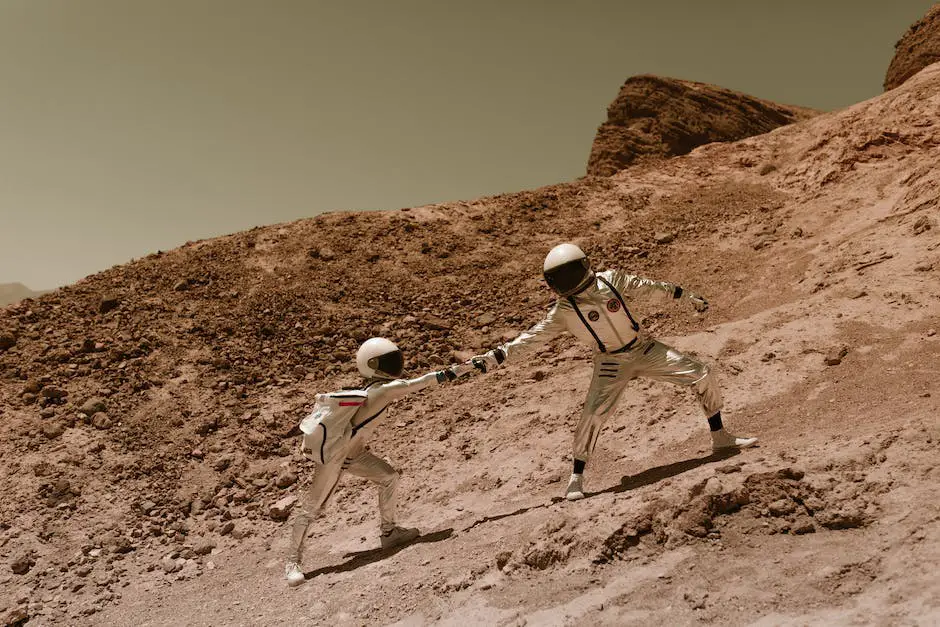
Outer Planets and Life Possibility
Exploring the Characters of Outer Planets
The term ‘Outer Planets’ corresponds to the celestial bodies that are situated outside the asteroid belt’s orbit around a star. Our solar system comprises four such known entities: Jupiter, Saturn, Uranus, and Neptune. They all are ‘gas giants’, meaning they are majorly constituted of hydrogen and helium. Owing to their deep atmospheres, strong magnetospheres, and abundant moons, these outer planets are unique. Their extremely low temperatures and the severe conditions, resulting from their composition and the massive distance from the Sun, set them apart from the terrestrial planets like Earth, Mars, Venus, and Mercury.
Atmospheric Conditions on Outer Planets
One of the primary aspects scientists consider when examining the possibility of life on other planets is the atmospheric conditions of these bodies. As gas giants, the outer planets demonstrate extreme atmospheric conditions. For instance, Jupiter and Saturn have atmospheres dominated by hydrogen and helium, with traces of other compounds such as water, methane, and ammonia. Uranus and Neptune have similar atmospheres with the addition of a higher concentration of ice or “ices,” including water, ammonia, and methane. These extreme and inhospitable conditions are not conducive to supporting life as we know it on Earth.
Presence of Water on Outer Planets
Life as we understand it requires the presence of water, but on outer planets, water does not exist in substantial amounts or in a friendly form for Earth-like life. While water vapor is detected in the atmospheres of all the outer planets, it exists under extreme pressures and temperatures that would not facilitate the support of liquid water necessary for life as we know it.
Potential for Life on Outer Planets’ Moons
While it appears unlikely that the outer planets themselves could sustain life, some of their moons have presented interesting possibilities. Scientists have discovered potential signs of subsurface oceans on moons such as Jupiter’s Europa and Ganymede, as well as Saturn’s Enceladus and Titan. If these bodies of water prove to be hospitable, these moons could potentially support some form of life.
Technological Challenges of Exploration
Exploring outer planets presents substantial technological challenges, primarily due to the vast distances and the harsh conditions they inhabit. The long travel times, extreme temperatures, intense radiation, and significant fuel requirements make manned missions to these planets currently unfeasible. Robotic missions, such as the Voyager and Galileo missions, have contributed immense knowledge about these planets, but they also highlight the difficulties and immense resources required for outer planet exploration. While we continue to advance in technology and understanding, the challenge of exploring our outer planets remains vast and will likely continue to test the limits of human innovation for years to come.
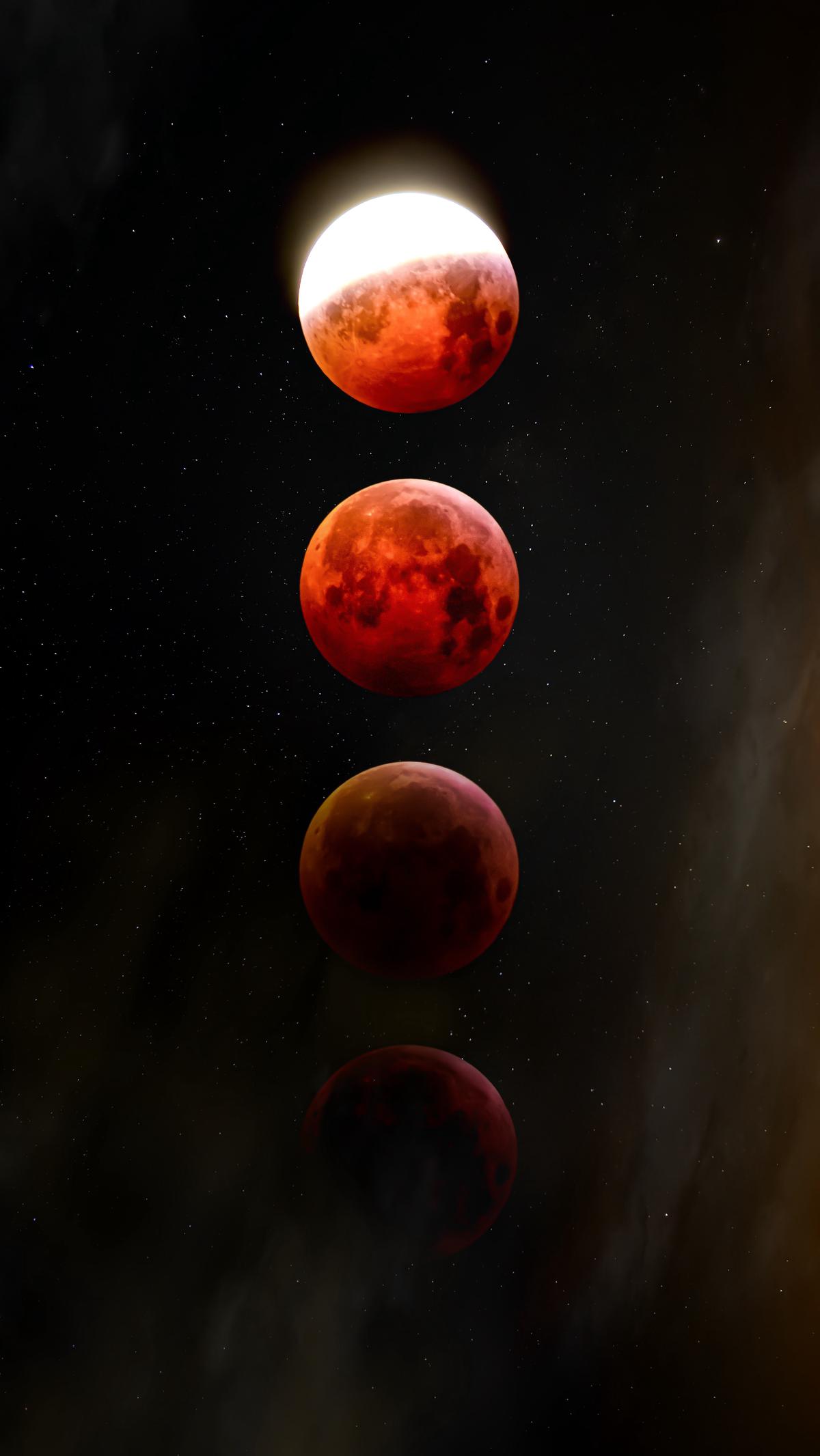
Photo by zoltantasi on Unsplash
Outer planets constitute a significant part of our solar system, serving intriguing roles that extend beyond their vibrant beauty visible from our home planet. Their gravitational influence moulds our cosmic neighborhood, guiding asteroids, and shaping the trajectories of comets. Moreover, the potential these planets hold for harboring life as we understand it, offers exciting frontiers for scientific investigations, pushing us to refine our technologies and strategies for exploring beyond our terrestrial frontiers. As we continue to peer deeper into the cosmological abyss, the outer planets shall remain key waypoints in our quest to understand and potentially inhabit the cosmic world beyond Earth.
![]()
